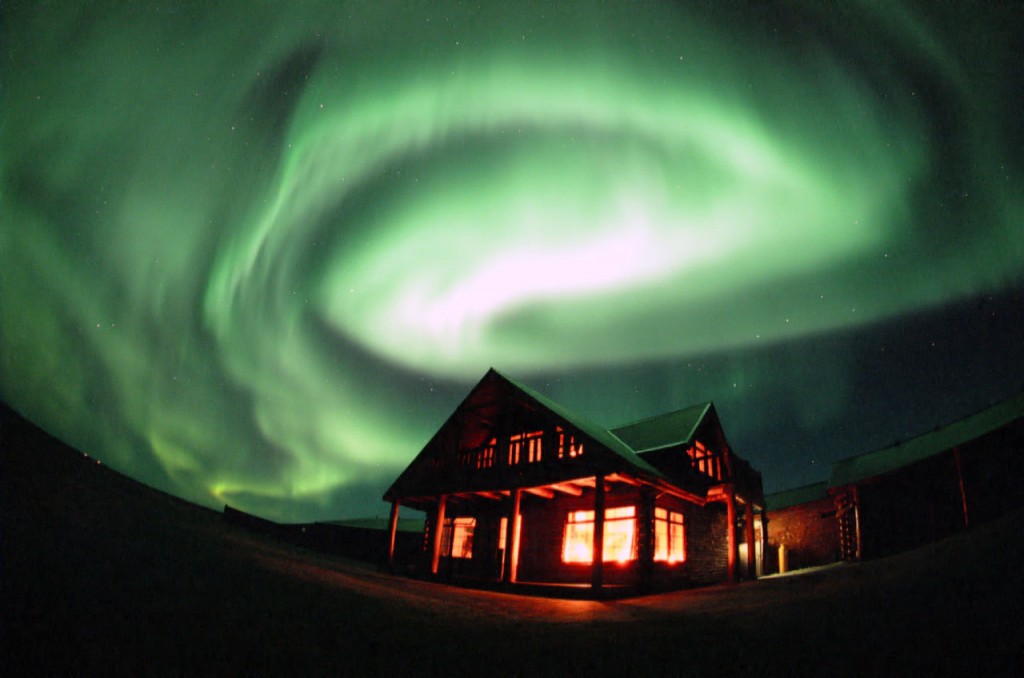Northern Lights / Aurora Borealis: What, Why, How?
One thing I want to do before I die is witness the aurora borealis.. Apparently, the northern lights occur almost every other day up at the northernmost tip of Scandinavia; even as far south as Oslo they occur a few times a month, if you go at the right time. There are even ancient reports of the aurora being seen from Rome.
The northern lights actually take place around 10° – 20° from the magnetic pole, but because they take place in the Thermosphere – about 500-1000 km up – they can be seen for hundreds of miles.
The name comes from the Latin aurora which means “sunrise’ and was also the name of the goddess of dawn; and boreas the Greek word for “wind.”
The term was initially coined in 1621 by Pierre Gassed, a French philosopher, priest, scientist, astronomer, and mathematician. Pierre was best known for trying “to reconcile Epicurean atomism with Christianity” which sounds like a right barrel of laughs.
How Do The Northern Lights Work?

The sun constantly emits a stream of ions that are called the solar wind. This solar wind hurtles through space at around one million mph.
Solar wind is attracted to the magnetism of our shiny blue planet and reaches us within just 40 hours, door to door.
Earth’s magnetic field forms an oddly shaped packet round the earth, called the magnetosphere; this layer protects us from the solar wind, but its protective powers are limited up by the poles (see pic above).
As the ions approach our atmosphere at the poles, they start interacting with it. The different colours in the aurora are photons (particles of light) that are released in the collisions between the sun’s solar wind and our atmosphere.
Photons are produced from ionized nitrogen atoms regaining an electron, and also when oxygen and nitrogen return to a ground (relaxed) state. Oxygen atoms involved in collisions produce green or browny red colours, and nitrogen gives off a blue light as it regains an electron, or red as it returns to the ground state.
Displays can be described as diffuse – meaning there is no discernible shapes, just a brightness in the sky, or discrete – meaning features are clear to the naked eye. The intensity of displays rises during coronal mass injections. See a NASA video of the sun kicking off HERE.
Aurora Australis
In the Southern Hemisphere, the aurora also occurs, but is referred to as the aurora australis. It’s activity actually mirrors that of it’s northern counterpart. You hear a bit less about the Southern Lights, that’s predominantly because there are no where near as many people living in the southern hemisphere. We’re chock-a-block up north.
Click HERE for a brilliant website where you can sign up for alerts that warn you when the sun’s activity is high and aurora action is likely to be elevated. Or, if you want to check the likelihood of seeing the Northern Lights from your home right now, click this link to view the excellent Aurora Forecast website.
To round the article off, here’s a beautiful video of the aurora in action over Finland in September 2011:
MORE NATURAL WONDERS:
INCREDIBLE PHOTOS FROM ICELAND
LONG EXPOSURE PHOTOGRAPHY OF FIREFLIES
THE FIN WHALE – THE 2ND BIGGEST CREATURE ON EARTH




















